Cruciferous flea: description and methods of control
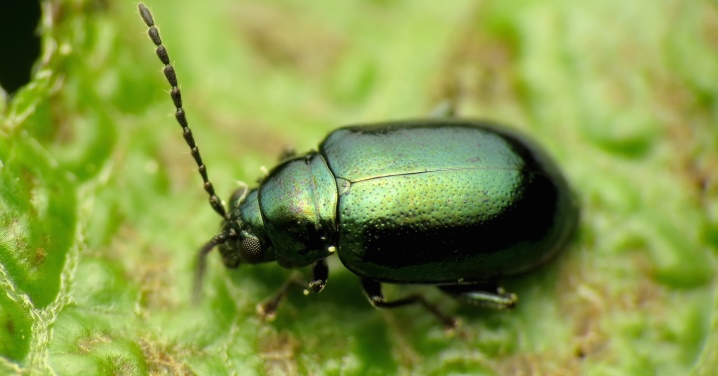
There are many dangerous pests that can cause serious damage to the crop. These include the cruciferous flea. This parasite actively attacks a variety of cultures, so you need to start fighting it as early as possible. In this article, we will learn all about the cruciferous flea, as well as understand the methods for its destruction.
Description of the pest
Gardeners and gardeners are constantly faced with various pests and dangerous insects that infringe on their crops. For example, a cruciferous flea can cause a very serious blow to the crop. Many summer residents face the problem of its appearance. It is possible and necessary to fight this pest. The main thing is to take all actions on time.
The flea pest in question is a small flying bug. Its typical length is between 1.5 and 3 mm. The flea's body has an oblong shape, there are antennae, the length of which is no more than a third of the body. This parasite is distinguished by the presence of hind jumping legs.
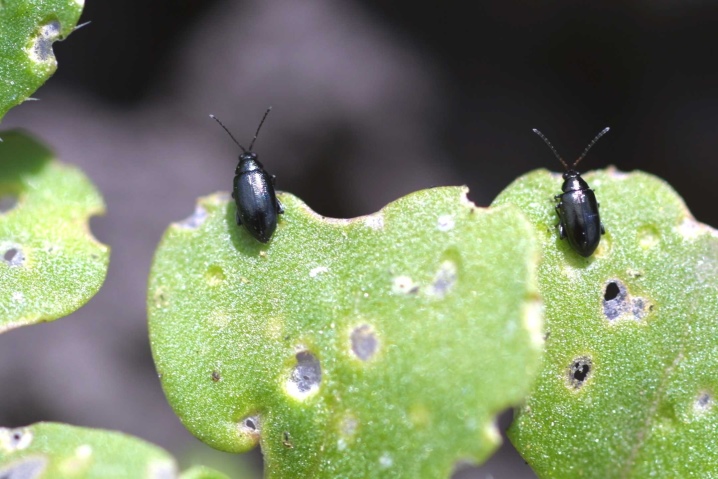
There are several well-studied species of this insect. The following types of jumping insects are the most dangerous for gardens and vegetable gardens.
- Wavy flea. This insect is black in color, its length ranges from 2 to 2.8 mm. Each elytra of a wavy flea beetle has a characteristic yellow stripe, as well as a shallow notch.
- Light-footed flea. Light-footed cruciferous flea beetles can cause serious harm. This insect is characterized by a body length reaching 2.5-3.5 mm. The parasite has yellow hind legs and legs. Also, the insect is characterized by an eye-catching metallic sheen on the surface of the head and pronotum.
- Black flea. In another way, this pest is called southern. The flea species has a bright black color. Sometimes a metallic greenish tint can be seen on the body of such an insect. The typical body length of a black flea beetle is 1.8 to 3 mm.
- Notched. A widespread pest species. It has yellow stripes on the elytra, however, on the outside, they are characterized by the presence of a deep semicircular notch.
- Blue. The parasite is dispersed practically throughout Russia. This type of flea can be recognized and distinguished from other varieties by the presence of a blue or green color. The latter may have a silky tint.
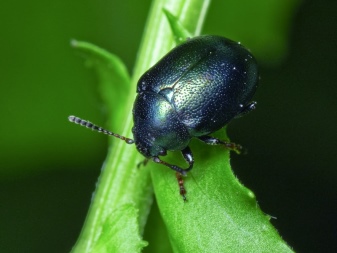

In the most comfortable conditions, the cruciferous flea can easily live for 2 or 3 years. This insect thrives best in humid or temperate climates. The most intense mating season for flea beetles occurs in May. Egg-laying starts from the last ten days of May and lasts until mid-July.
As a rule, flea eggs are laid in small groups in soil layers, as well as in the immediate vicinity of the roots of various plants. Insects choose exactly those places in which they will be most comfortable in order to ensure good growth and development of future offspring.
Based on specific conditions, flea larvae can break through in 5-12 days. Around July or August, young growth begins to feed on plants.
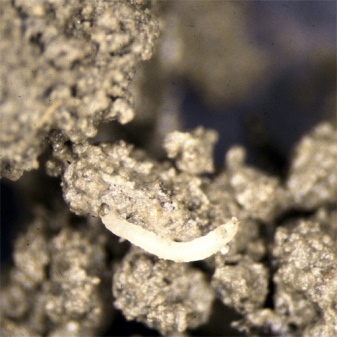

It should be borne in mind that the cruciferous flea has very high fertility rates.These pests reproduce especially well in the southern regions. In such conditions, several generations of agricultural parasitic insects may appear. The fertility level of females varies from one hundred to seven hundred eggs. For this reason, under conditions of mass reproduction, many individuals can congregate on plants at the same time.
Despite the fact that the cruciferous flea is seriously harmful to the crops planted on the site, it can still be successfully dealt with. For this, various means, manipulations and drugs are used.
The main thing is to find out in time that the garden has been attacked by the pest in question.

The reasons for the appearance of the pest
Every summer resident who grows various crops on his site should know exactly what reasons lead to the appearance of a cruciferous flea. Consider why this pest can settle in the beds.
- The insect in question, as a rule, appears in those areas in which cruciferous crops grow. Most often, it is young shoots that suffer from the attacks of these parasites. Leaves of mature plants that have become coarse have little attraction for flea beetles.
- The mass spread of this harmful bug often occurs due to hot and dry weather conditions. If the season is cool and rainy enough, the fleas usually leave the plants and hide in the soil layers.
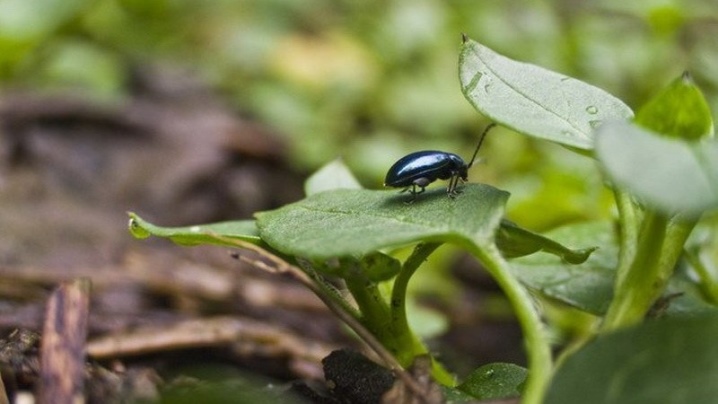
Signs of appearance
When a cruciferous flea appears in the garden, this can be calculated by a number of basic signs. Most of them are quite noticeable, so summer residents quickly learn that their crops have become a target for a harmful insect.
We will find out in detail what are the main symptoms of the appearance of the parasite insect in question on the site.
- Adult plants that have been damaged by flea attacks can be quickly spotted. On their foliage, uneven oval holes appear. At the same time, the flea itself is not as easy to notice as it might seem. The fact is that the color of these pests successfully merges with the shade of the leaf plates, and at the slightest danger they instantly hide.
- Mature fleas and their larvae are especially fond of young and fragile leaves on seedlings, as well as early shoots. Beetles begin to actively gnaw all the soft parts of the leaf plates, leaving streaks. On the stems, literally along the entire length, due to the actions of fleas, well-visible holes appear.
- The listed problems always have a very bad effect on the health and condition of the crops grown. Because of this, the foliage area is certainly reduced, which means that the process of photosynthesis also suffers. All essential nutrients begin to accumulate much more slowly in plants. The growth of the latter against the background of such events is greatly slowing down. The foliage begins to dry out, and soon the plant simply dies.
- If the weather is hot, and the damage to plants is massive, then one bush can be attacked at once by 100-200 individuals. Within 2-3 days, fleas are able to destroy almost all young plantings. Those plants that remain intact will be very weakened, which can become a target for all sorts of viral or fungal diseases. Weak crops look the same.
- Larvae of cruciferous fleas pose a great danger to plants. They especially actively infect small roots, sucking out almost all the necessary fluids from them. After that, the pests move to the above-ground components. The larvae begin to bite into the foliage, making holes and holes in it. The dew point is damaged, the seedlings are destroyed.

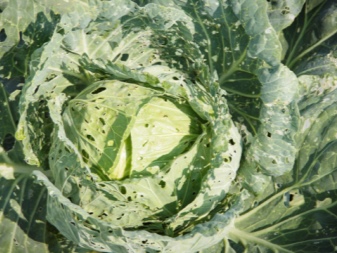
The pest in question can attack a wide variety of crops. Most often, a flea rushes to cabbage, but traces of its stay can also be found on cucumbers, strawberries, arugula, radishes or broccoli.
The summer resident is recommended to regularly inspect the planted crops in order to detect damage from parasitic insects in time.
Control methods
Many summer residents, noticing that their harvest has become a target for a cruciferous flea, fall into a slight panic. There is no need to panic, since these unpleasant bouncing bugs can be successfully dealt with in different ways. If everything is done correctly, there is every chance to save the crop, get rid of gluttonous parasites.
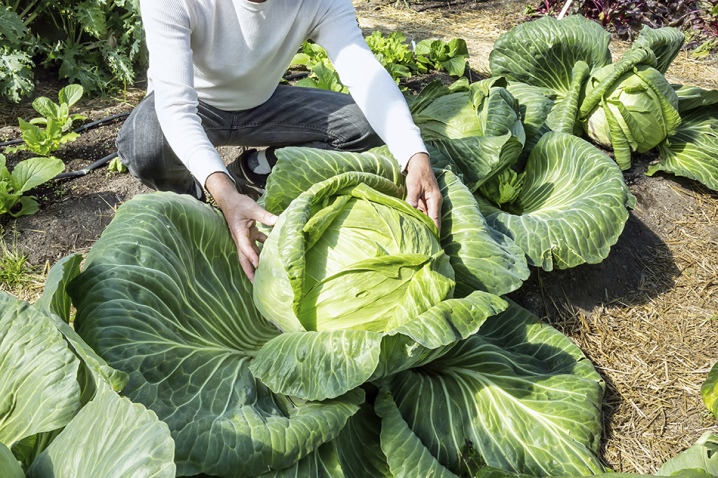
We will understand the most effective and available methods aimed at combating the cruciferous flea.
Drugs
If you want to effectively remove the pest in question, it is recommended to resort to the use of chemicals as the last resort. However, many summer residents immediately use special preparations, fearing to lose precious time, and then the harvest due to flea attacks.
There are many different drugs that have been shown to be highly effective against cruciferous flea beetles. The most popular and often used are the following effective options:
- Actellik;
- Inta-vira;
- Fitoverm;
- "Bankol".


Novice summer residents ask a reasonable question, which means it is preferable to use. Many users recommend using the drug "Bankol". It is created on the basis of a special biological substance that is obtained from sea worms.
Suitable chemical mixtures are recommended for use when it comes to controlling pests that attack cabbage. This is due to the fact that processing will need to be carried out immediately 20 days before harvesting. As for radishes or lettuce leaves, it will not be possible to use chemical compositions here, because these crops ripen much earlier.

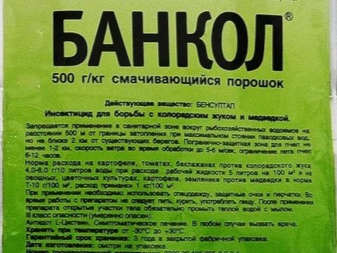
Folk remedies
Insecticides are not completely safe. They can not always poison fleas. If chemistry is not suitable, many summer residents turn to the use of various folk remedies. Many of them make it possible to quickly destroy dangerous parasitic insects.
We will find out which folk remedies allow you to quickly and effectively get rid of the cruciferous flea.
- A widely used and effective remedy is spraying the planted sprouts with vinegar solution. For its preparation, it is necessary to dilute 200 ml of 9% vinegar in 10 liters of water. This composition is used by many gardeners.
- Also, the garden can be pollinated with tobacco dust or wood ash. Some summer residents use ground pepper, slaked lime or naphthalene for such purposes. True, the listed folk remedies will only be able to frighten off pests. For this reason, it is advisable to repeat these manipulations several times, for example, after each perfect watering.
- Traps pre-coated with glue and laid on the edge demonstrate excellent efficiency. Fleas adhere very well to them.
- Many summer residents use an effective composition with potato tops. To prepare such a product, you need to mix 5 liters of water and 2 kg of tops. These components are combined together and then boiled over low heat. After this, the broth will need to be cooled and diluted in half with water. To process the planting with a ready-made composition, it is recommended to choose the evening time.
- You can take 500 g of dandelion roots and a bucket of water. First, the roots must be thoroughly chopped, and then you can start preparing the composition. Combine the ingredients and stir well, then strain. Before processing, a little liquid soap will need to be added to the composition.
- You need to take a bucket of water and combine it with a couple of glasses filled with wood ash. The resulting mixture should be infused for two days, after which it is drained. In this composition, you will need to dissolve ¼ part of a bar of tar soap, previously crushed with a grater.
- A very popular recipe with wormwood. For him, you need to take a couple of liters of water and combine them with 1 kg of finely chopped wormwood. The resulting mixture will need to be boiled over low heat for 10-15 minutes. Next, the broth must be allowed to cool. Then it is combined with 100 g of pre-chopped garlic. The next step is to strain the mixture. The resulting volume is brought to 10 liters by adding pure water.
- It is necessary to prepare an infusion of chicken manure, adhering to a ratio of 1: 20. The resulting composition is kept in the open air for 7 days. After that, the mixture is necessarily filtered, and then it is used to process plants. Such an infusion will not only scare away the pest in question, but also become a source of nitrogen necessary for planting.
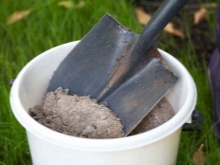

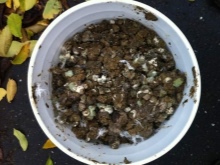
You can get rid of pests using not only vinegar or liquid soap, but also ammonia - there are a great many recipes. Many summer residents resort to independent preparation of effective herbal decoctions, which also actively scare away cruciferous fleas.
The best and most effective are decoctions, which are prepared from the following natural ingredients:
- garlic;
- dandelion;
- wormwood;
- walnut foliage.
Even those formulations that are completely free of any chemistry can bring the desired results if used in a timely manner.
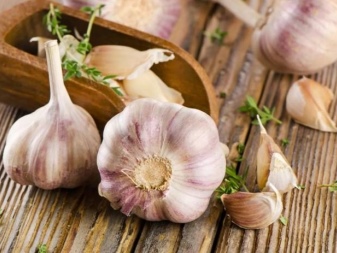
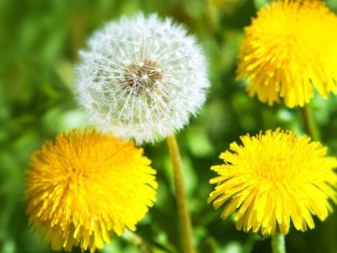
Shelters
It is possible to save plants from attacks of insect pests if you use suitable shelters. We are talking about lightweight non-woven covering materials. To protect the beds from fleas, you can use the following types of shelters:
- spunbond;
- agrospan;
- lutrasil.
Young plants should be carefully covered with such materials and no longer worry that they will be attacked by cruciferous fleas. The listed shelters will seamlessly transmit light, air and water in the required quantities.
Fleas penetrate under the listed shelters in extremely rare cases. Of course, the summer resident will have to spend some time installing arcs, which will subsequently act as a frame under the covering material, but it is definitely worth it.
When the plantings are strong enough not to suffer from the insects in question, the shelters can be removed.

Prevention measures
While cruciferous flea beetles can be eliminated, it makes sense to prevent their appearance, rather than start fighting them. There are many effective preventive measures that help avoid encountering these dangerous pests that destroy plantings on the site. Let's learn more about them.
- So that the seedlings are not damaged by fleas, it is necessary to adhere to certain rules and sowing rates. Seeds must be sown early so that the seedlings can become sufficiently strong by the period of activity of the parasites. Sowing in later periods is advisable to plan when the number of bugs is decreasing.
- Taking care of the plantings, it is necessary to destroy absolutely all weeds on a regular basis. Wild relatives should not be left surrounded by cruciferous crops. We are talking about a shepherd's bag, rape, wild radish, mustard and so on.
- It is necessary to ensure that the land in the beds is never dry. Cruciferous vegetables are very fond of water, and pests do not tolerate moisture and dampness. In addition, in hot and dry weather, it makes sense to shade the plants well.
- It is very important to observe the required crop rotation in the garden. You cannot plant related crops in one place. Also, you should not grow vegetables in the same place for several years in a row. Cruciferous crops can coexist with plants that produce phytoncides. These are marigolds, calendula, garlic, onions, dill, coriander.
- With the arrival of the autumn season, no plant residues should be thrown in the house area.If you do not follow this rule, then all such litter will turn out to be a very comfortable refuge for a dangerous pest. The soil must be thoroughly dug up. After the described treatment, during frosts, a large number of insects that winter in the upper soil layers can die.
- It is very important to water and feed absolutely all the plants that were planted on the site in a timely manner. Thanks to such simple care measures, cultures will grow and develop normally, they will be distinguished by strong immunity. If the plants grow at a high speed, then they simply will not arouse particular interest in flea beetles.
- It is highly recommended to regularly inspect the condition of all plantings on the site. This simple procedure should not be neglected, because this is the only way to notice the first signs of cruciferous fleas in time.
- Comprehensive preventive measures are recommended, as well as timely treatments using suitable high-quality drugs. You can use a biological product or a certain type of chemistry. Due to the action of such funds, it is possible to prevent the appearance of serious damage to plants, to reduce the number of fleas on the site.
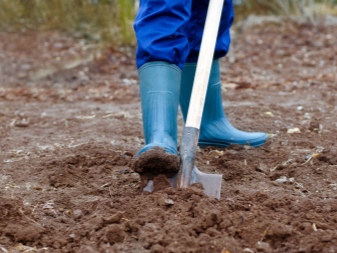
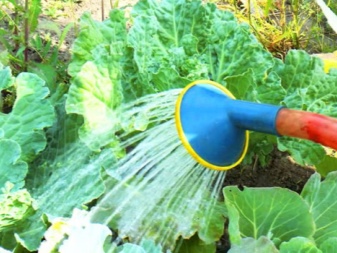
For more information on the cruciferous flea, see the next video.













The comment was sent successfully.